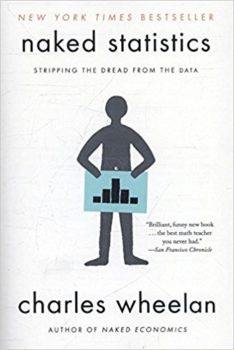
In the unfolding Age of Big Data, no one who hopes to understand the way the world works can afford to be ignorant of statistical methods. Not a day goes by that statistical analysis isn’t behind some front-page story—in politics, sports, business, or even entertainment. The statistical concepts of probability, sampling, and statistical validity, once considered obscure and of interest only to geeks wearing pocket protectors, are now indispensable tools for the active citizen to grasp. If only to detect when writers or speakers misuse statistics. Writing in a breezy and intimate style, with humor and lots asides to the reader, Charles Whelan attempts to unpack these concepts and explain them in English with a minimal use of advanced math, and he succeeds . . . up to a point.
Naked Statistics was published just four months after Nate Silver’s best-selling book, The Signal and the Noise, which covers much the same ground in a very different way. (I reviewed that book here.) Whelan focuses on the nitty-gritty of statistical methodology, delving into such topics as how samples are chosen, what’s meant by terms such as correlation, standard deviation, and regression analysis, and how to determine whether the results of a test are statistically valid.
Naked Statistics: Stripping the Dread from the Data by Charles Whelan ★★★★☆
However, he doesn’t lose sight of practical questions, unpacking such seemingly puzzling statements as “the average income in America is not equal to the income of the average American” and spotlighting the difference between precision and accuracy. Silver instead explains how statistical methods are applied in a wide range of activities, from baseball and basketball to Wall Street. Whelan includes lots of formulas laden with Greek letters, though, conveniently, they’re confined for the most part to Appendixes that follow many of the book’s chapters and can be skipped by a non-technical reader. (I ignored them.) Silver’s book is refreshingly devoid of Greek letters.
How to avoid misusing statistics: learn math
As Whelan makes clear, perhaps unintentionally, statistics is a forbiddingly technical field. Truth to tell, if you really want to understand statistical methodology and how it can be applied, you need a fair grounding in mathematics and a tolerance for terminology that doesn’t appear in everyday English. In fact, you probably need to take the same sort of graduate school courses Whelan took years ago. This is heady stuff!
All in all, for a run-of-the-mill mathematical illiterate such as me, Nate Silver did a much better job getting across the significance of statistics and how its methods are applied to strip away the complexities of today’s often baffling, data-driven world.
For further reading
You might also enjoy Science explained in 10 excellent popular books (plus dozens of others)
If you enjoy reading nonfiction in general, you might also enjoy:
- Great biographies I’ve reviewed: my 10 favorites
- My 10 favorite books about business history
- 20 top nonfiction books about history
- The 10 most memorable nonfiction books of the decade
And you can always find my most popular reviews, and the most recent ones, plus a guide to this whole site, on the Home Page.

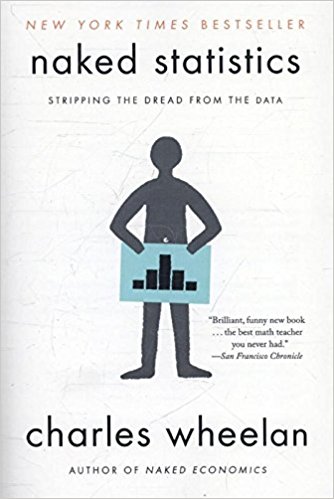
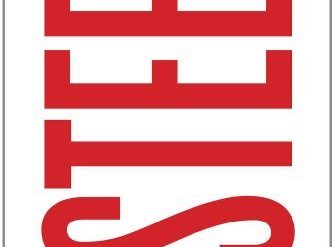
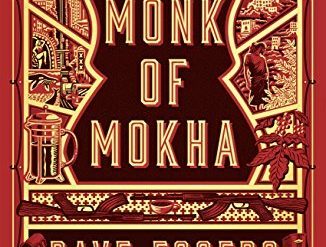
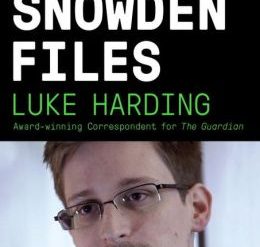







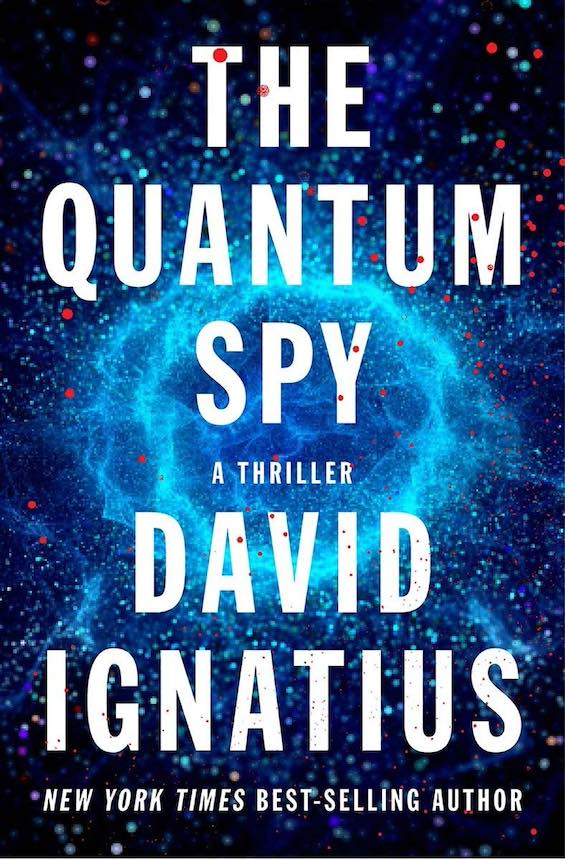
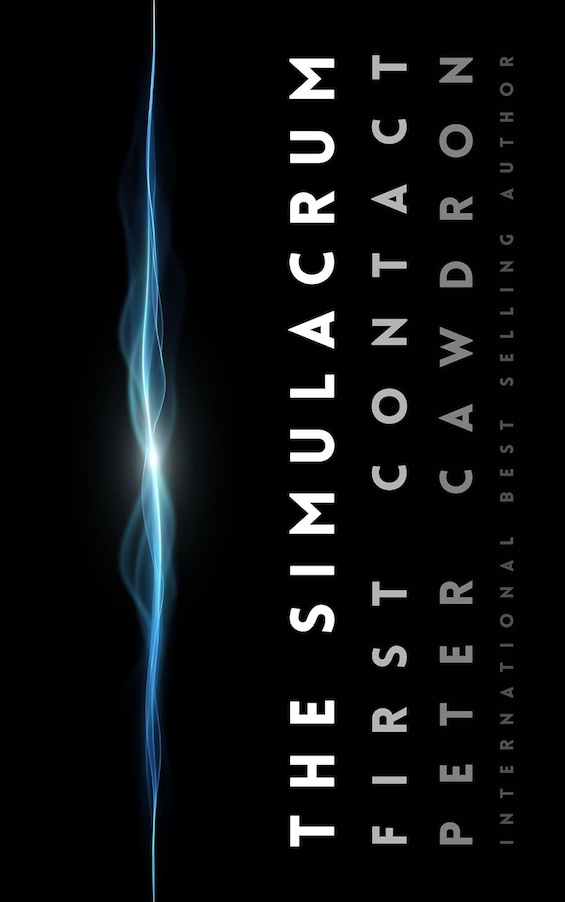

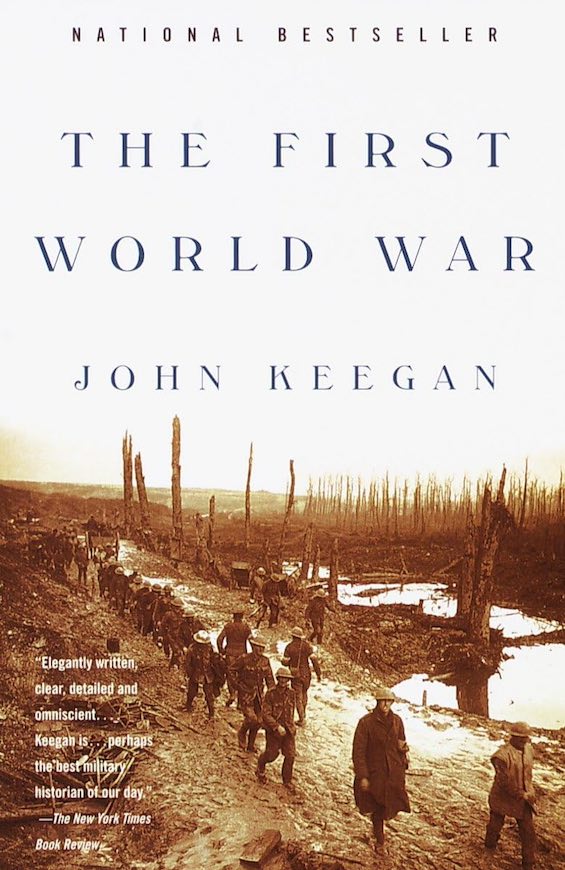
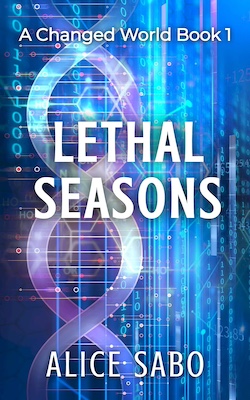
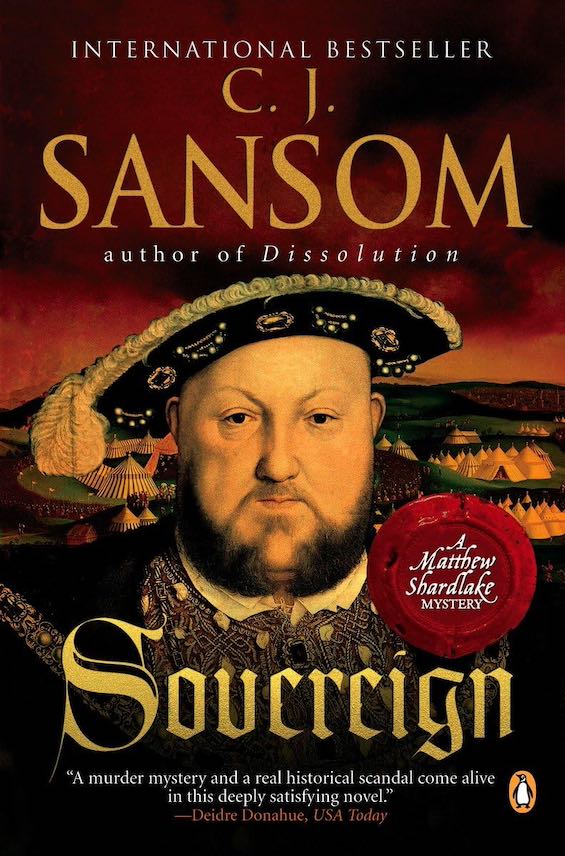


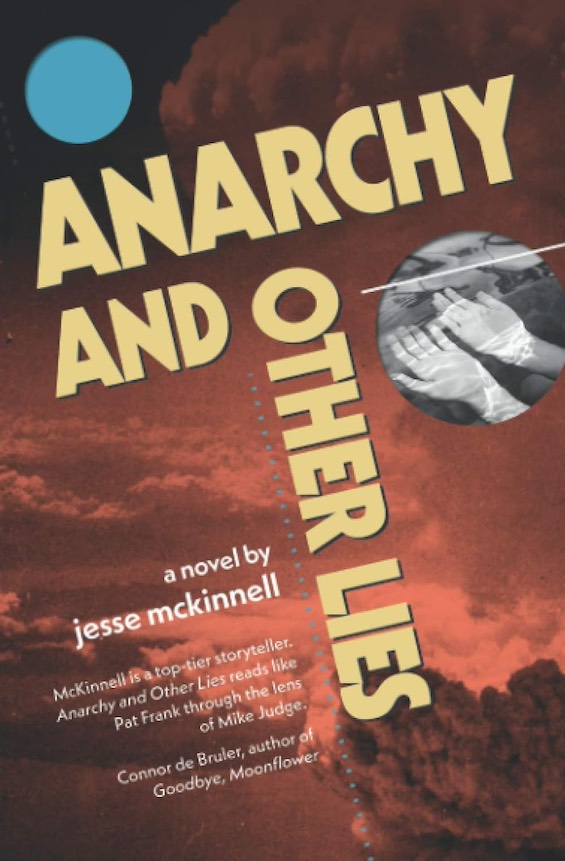

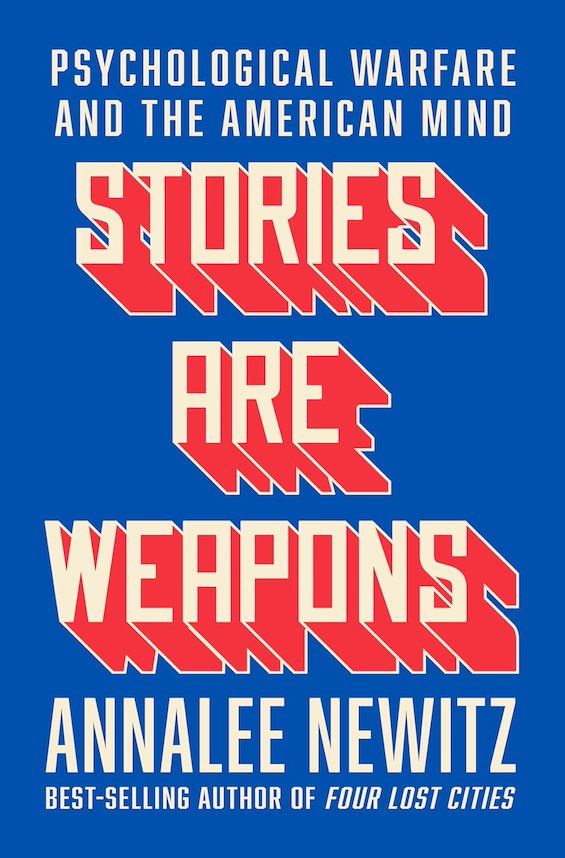




This book is suitable for statisticians seeking to learn more about applications in molecular evolution and molecular evolutionary biologists with an interest in learning more about the theory behind the statistical methods applied in the field. The chapters of the book assume no advanced mathematical skills beyond basic calculus, although familiarity with basic probability theory will help the reader. Most relevant statistical concepts are introduced in the book in the context of their application in molecular evolution, and the book should be accessible for most biology graduate students with an interest in quantitative methods and theory.